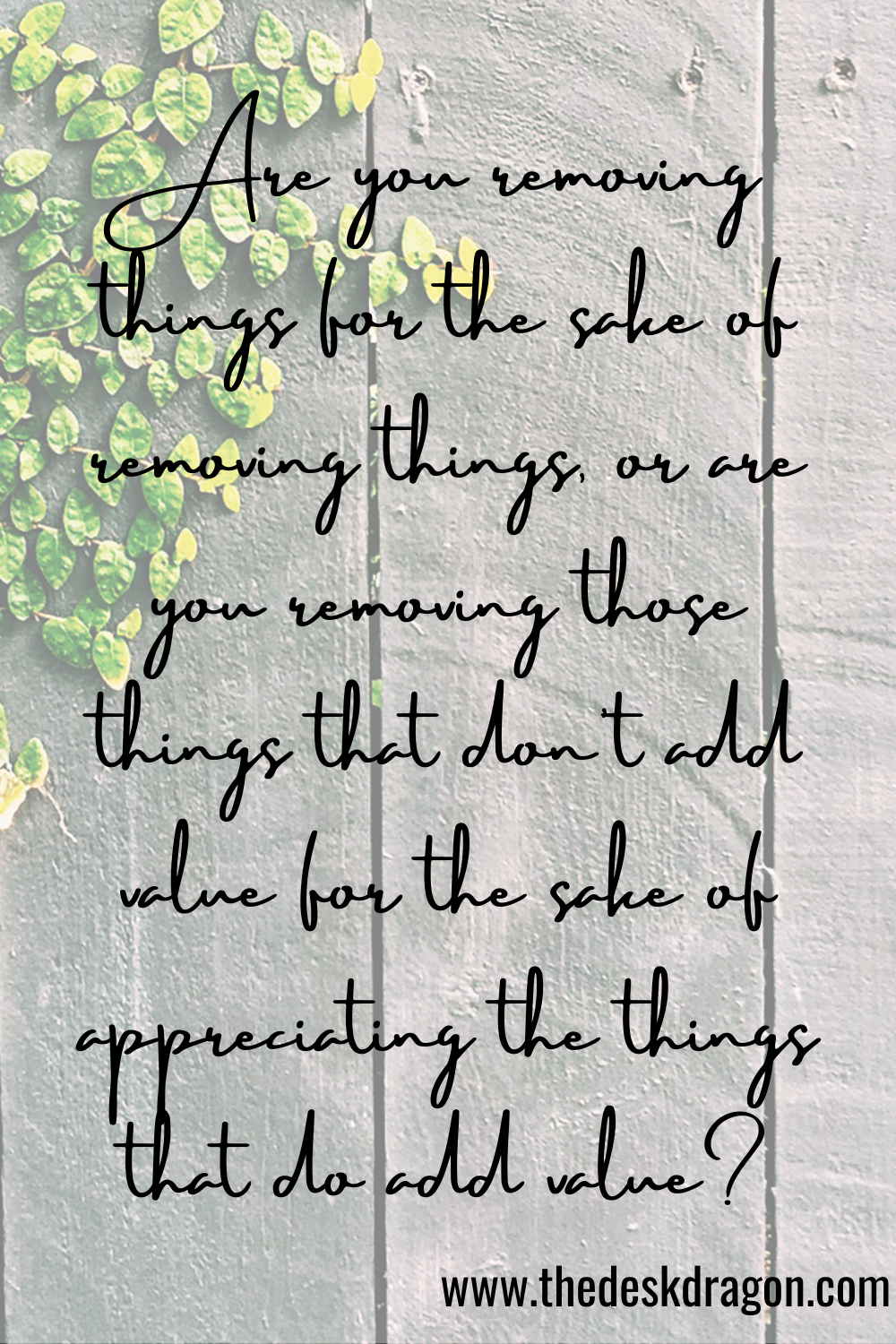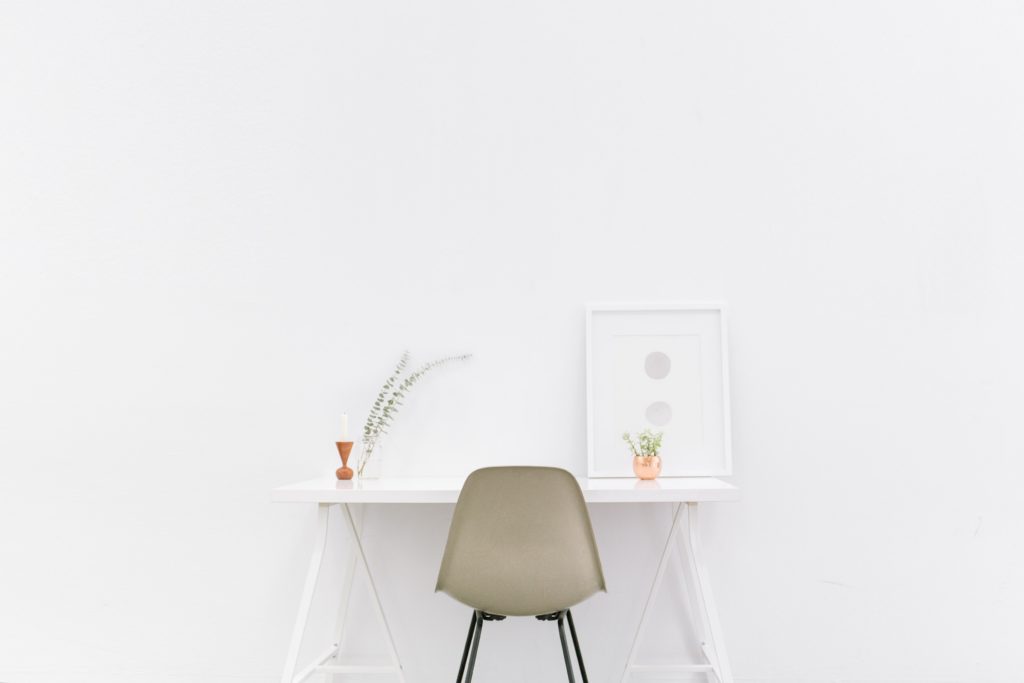Simplify To Improve Every Area of Your Life
“It’s not the daily increase but daily decrease. Hack away at the unessential.”
Bruce Lee
When writing a poem or story, it’s often best to start by putting everything down on the page. Just get it out of your head and into words, even if those words don’t seem to fit together. Next, you organize those words into a coherent order. Finally, you spend a significant amount of time removing every word, phrase, or sentence that doesn’t service the whole. In other words, you start with a huge jumble of stuff, and you simplify it.
The same is true of organizing a physical space. For many of us, there seems to be an instinctive urge to fill every open space: shelves, drawers, table tops, and more. I’ll admit I used to see every empty shelf or a blank space as an available spot in need of a new occupant. But once I started removing things that don’t add value — decluttering, a.k.a. simplifying, the space — I found I was able to enjoy my environment a lot more.
While I don’t know that I will ever consider myself a minimalist, I do aspire to live by some minimalist principles. Namely:
- Less is more
- Removing what doesn’t “spark joy” or add value is freeing
- Filling one’s space with stuff for the sake of filling one’s space with stuff is suffocating
I believe the key is purpose. Am I removing things from this space for the sake of removing things, or am I removing those things that don’t add value for the sake of being able to fully appreciate those things that do add value?

Create a System.
I have two methods for removing non-essentials from my space:
1. A little at a time. Slowly and gradually declutter by removing one or two nonessential items at a time. Because you’re only changing a few things at once, this method helps avoid feelings of overwhelm. However, it also takes a long time to complete.
2. All at once. Remove everything from the space until you have a blank slate, so to speak. Then only put back what you truly want and need to have there. This method takes a larger cumulative block of time, but produces a complete change — and once it’s done, it’s done.
Whichever method you use, the vital next step is to create a system for staying organized. Give each item a “home,” and return it there every time you use it, or at the end of the day. Once this becomes a habit, you won’t have to think about doing it anymore.
Simplify. Simplify. Simplify.

My favorite secret about this process is that it doesn’t just apply to organizing physical possessions — it applies to every area of life. The more “clutter” (physical, mental, digital, etc.) you can remove from your daily life and routines, the more peace and order you create.
It’s similar to what I’ve written before about recovering from people-pleasing. The more I cut down activities, self-imposed expectations, and saying “yes” out of obligation, the more time and energy I have to enjoy the things I want to say “yes” to instead.

